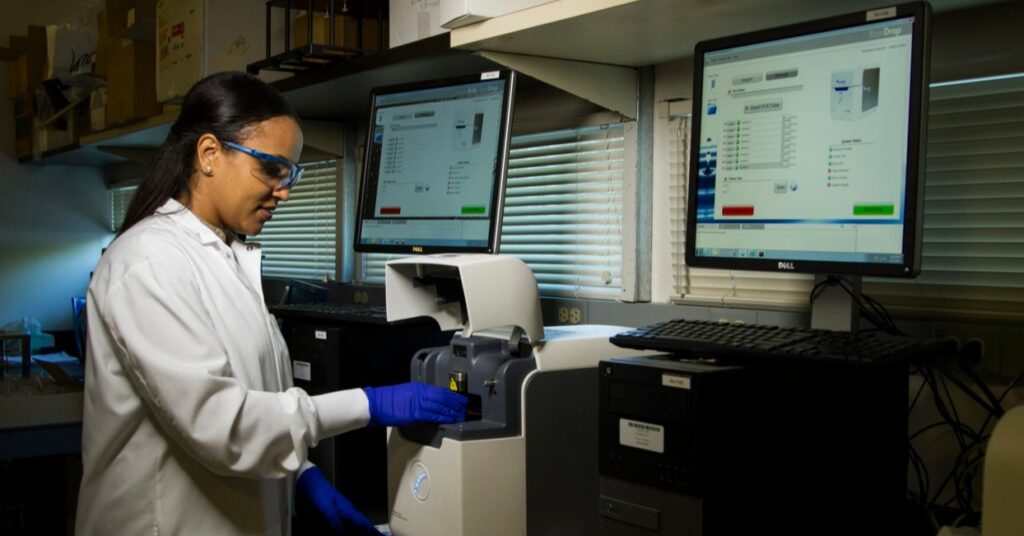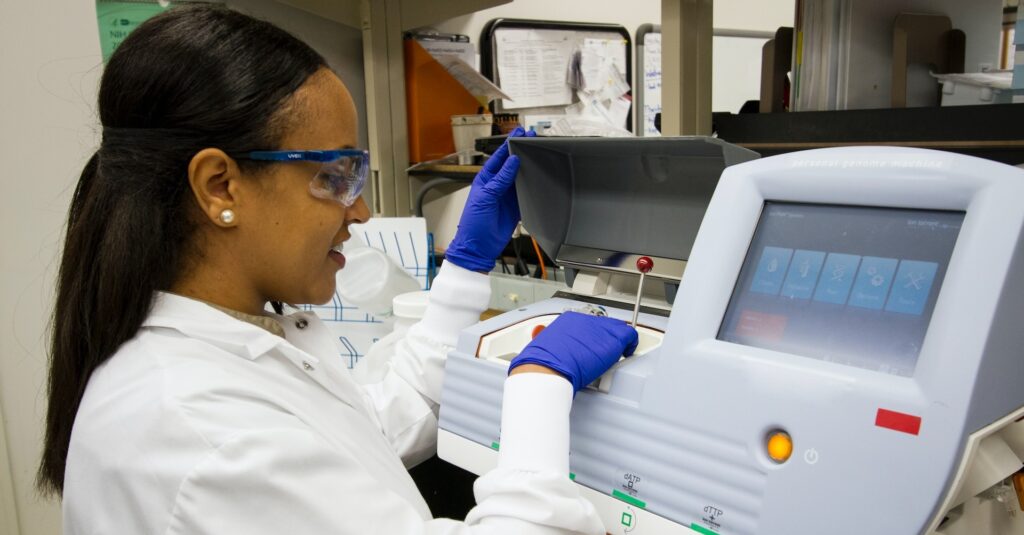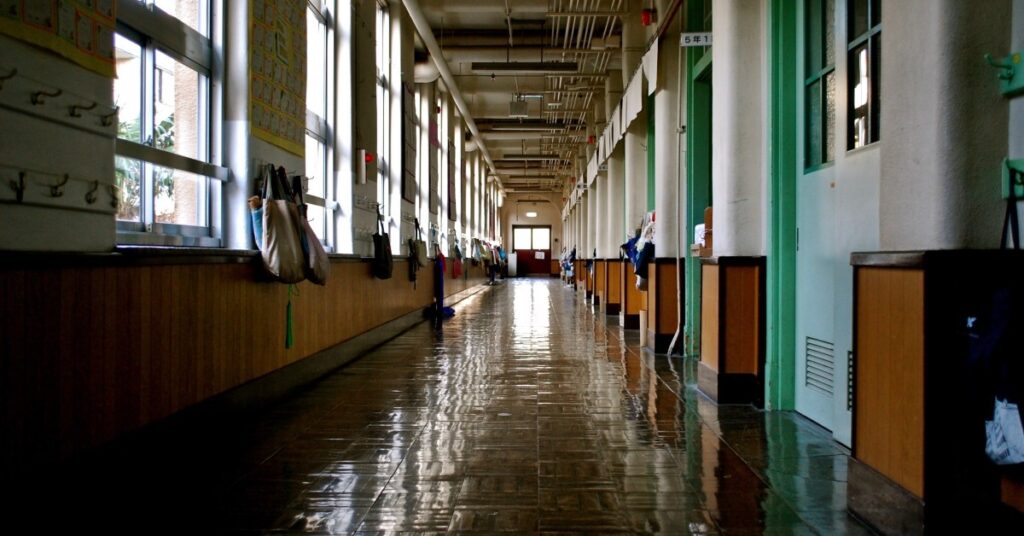
What Is the Epidemiological Triangle?
The epidemiological triad or triangle is an organized methodology used [...]

The stigma surrounding mental health counseling in the United States is finally changing for the better, but with more students seeking the psychological benefits of talk therapy, many college campuses can’t keep up with this demand. As a result, students’ escalating counseling needs have implored colleges and universities nationwide to do more for their communities—a movement that has already spiked employment opportunities for mental health professionals in search of rewarding careers.
The Bureau of Labor Statistics estimates that mental health counseling jobs will increase by 23 percent between 2016 and 2022, creating 60,300 new jobs in the field. It also reports an estimated 13 percent job growth for school and career counselors during the same time period, resulting in the creation of 36,700 jobs.
College counseling by the numbers
Upon surveying students from 153 different institutions, a 2018 report by the Penn State Center for Collegiate Mental Health found that a staggering 61 percent of college students experienced anxiety, and 49 percent suffered from symptoms of depression. Among these students, the spectrum of grievances varied, with 31 percent reporting family issues, 28 percent reporting stress related to academic performance, and 27 percent citing relationship problems. Subsequently, the report noted a 30 percent rise in students’ requests for appointments at counseling centers between 2009-2010 and 2017-2018.
A generation grappling with mental health
Unfortunately, the increase in students seeking treatment for mental health issues doesn’t necessarily correlate to an increase in students receiving treatment.
Not all schools are equipped with robust mental health services, ready to meet this spike in new patients. The Association for University and College Counseling Center Directors 2017 Annual Survey found that the mean student-to-counseling-staff ratio at colleges and universities was a whopping 1737:1. Counseling centers are suddenly finding themselves at the forefront of what some psychologists have coined a mental health crisis, and understaffed at that.
__(Food for thought: How to Become a School Counselor)__
The survey also found that the average wait time for a counseling session at college and universities was seven days—a window far too long for students battling pressing issues like crippling depression or suicidal thoughts.
College students are an especially vulnerable population when it comes to mental health. In this transitional period, students find themselves combatting the challenges of entering adulthood against financial and academic stressors, on top of widespread campus issues like sexual assault and substance abuse.
Counseling thought leaders demand change
A 2019 study by the National Association for College Admission Counseling (NACAC) and the American School Counselor Association (ASCA) called on legislators to increase federal funding to reduce the current counselor-to-student ratio on college campuses, recommending an optimal ratio of one counselor per every 250 students.
“Our intention in producing this data is to shed light on the often unmanageable caseloads public school counselors must serve,” the report states.
Across the country, New Hampshire, Vermont, and Wyoming are currently the only states that matched the organizations’ suggested counselor staffing level.
Rallying for college counseling in Washington
College counseling had a few wins in Washington as of late, including the approval of a bill by Senators Bill Nelson and Marco Rubio that will grant $10 million to create partnerships between universities and school districts, to tackle the shortage of mental health counselors nationwide.
Additionally, there was a $70 million increase in funding for Title IV-A grants in 2018, a federal grant program that places increased focus on students’ mental health—bringing the total to $1.17 billion.
Let the job search begin
As more colleges and universities address their current counselors’ insurmountable caseloads, and pending legislation suggests a promising boost in funding, a surge in open counseling jobs is just around the corner.
Aspiring college counselors eager to make a difference in students’ futures and overall well being should start the job search now and join a rapidly growing workforce that needs talented counselors like never before.
(Last Updated on February 26, 2024)
Questions or feedback? Email editor@noodle.com

The epidemiological triad or triangle is an organized methodology used [...]

A family nurse practitioner (FNP) provides comprehensive primary health care [...]

FNPs practice in a broad range of health care settings. [...]

Some epidemiologists assist pharmaceutical companies in developing safer medicines. Some [...]

While most commonly associated with providing assistance in college or [...]
Categorized as: Counseling, School Counseling, Nursing & Healthcare